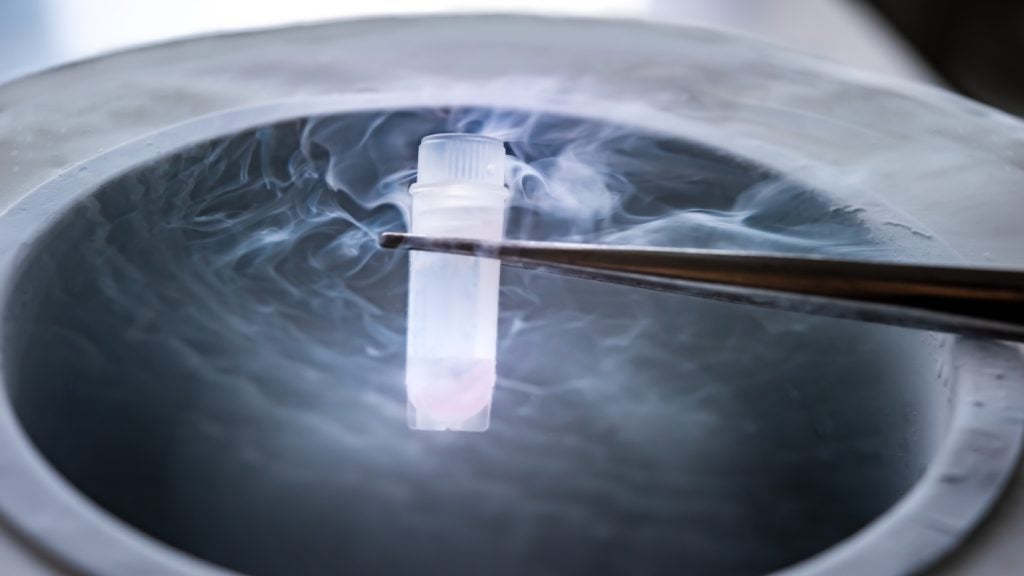Drug eluting stents (DES) have changed the face of cardiac angioplasty and made the surgical treatment (balloon angioplasty) of cardiac arteries a much more viable procedure. The DES is a polymer-coated device, with the polymer containing the drug. Aside from providing support to the artery wall (maintenance of the coronary lumen), it also releases medication to slow down or prevent restenosis of the artery.
Restenosis was known to occur in about 25% of procedures carried out using bare metal stents (BMS), which were used almost exclusively prior to the advent of DES. DES have been in use since 2003 and now form over 90% of the stent market – a market which in Europe alone was worth some $340m in 2006 ($336m in 2005), but on a worldwide scale is worth $5bn.
RISKS OF TREATMENT
Two studies published in 2006 have drawn a comparison between the incidence of death or myocardial infarction (MI) in patients treated with BMS and DES. The results have indicated that there is a small but significant increase in the rate of death or MI in patients treated with DES. The Camenzind meta-analysis, which includes data from three years, has indicated a 2.4% increase.
The Food and Drug Administration (FDA) is investigating the studies and comparing and analysing data before any action is taken. There is some evidence that DES may be susceptible to an event known as ‘late stent thrombosis’. Blood-clotting occurs inside the stent one or more years after the procedure, due to a failure of the stent to re-endothelialise.
MARKET REACTION
How well do you really know your competitors?
Access the most comprehensive Company Profiles on the market, powered by GlobalData. Save hours of research. Gain competitive edge.

Thank you!
Your download email will arrive shortly
Not ready to buy yet? Download a free sample
We are confident about the unique quality of our Company Profiles. However, we want you to make the most beneficial decision for your business, so we offer a free sample that you can download by submitting the below form
By GlobalDataThe effect of these studies on the DES market has been minimal according to Kavitha Ravikumar, a programme leader in medical devices healthcare in Europe for Frost and Sullivan: “From a reasonably strong growth rate of over 8%, I know that the rate in 2006 fell a little after the studies reported their findings. I don’t think this has really affected the market to the extent that DES use has been stopped.
“This is for one very simple reason – DES are only used in coronary artery procedures and stent use is quite important to the success of these procedures, so they must be used. The only real alternative is BMS and these have potential problems associated with them as well. With BMS restenosis can occur. Therefore there is a cost-benefit trade-off for the use of DES.”
Ravikumar mentions that “the FDA and the European Medicines Agency (EMEA) are taking the studies seriously by reviewing data and requesting further studies, but no one in the market has taken the results so seriously as to stop the use of DES. Quite a few companies, including major players Boston Scientific and Cordis, have made a profit out of the DES area this year.
“This is probably because the studies have not yet conclusively proved that the rate of MI associated with use of DES is higher than if they were not used at all.”
The stent market is therefore still buoyant and the bare metal variety is still being used, particularly for patient groups such as diabetics, who may not be able to tolerate the drugs of the combination drug eluting stent. The DES market has faced setbacks in 2006, but more conclusive results are needed before drastic action can be taken against the device.





